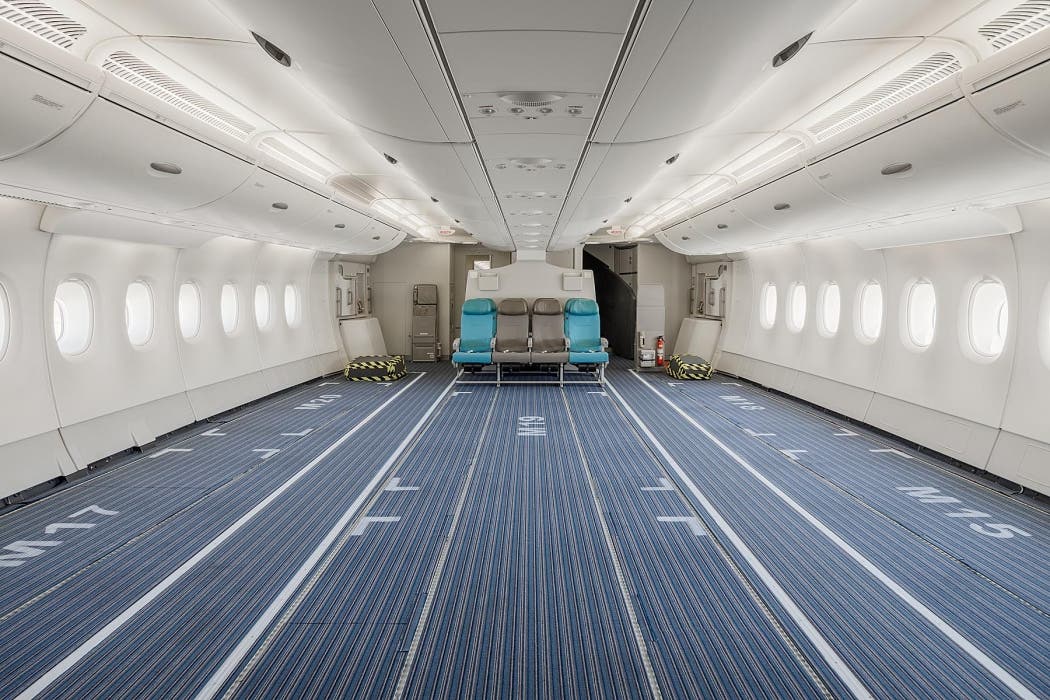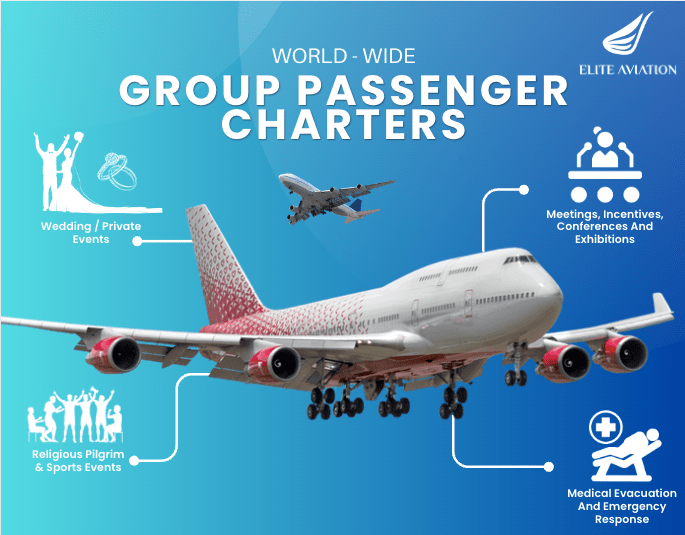Hi Fly has created the world’s first cargo Airbus A380. The airline debuted the aircraft’s new configuration, which sees all of the seats being removed to create additional storage space for light consignments. With the cargo deck included, freight can be carried across three levels.

When Airbus killed the cargo A380 program, it seemed as though there would never be an A380 dedicated to freight movement. Malaysia Airlines operated a one-off cargo flight with one of its Airbus A380s. However, many deem it unrealistic to convert an A380 to freight purposes. Hi Fly has found a comfortable spot in the middle with its new temporary A380 conversion.

Three decks of cargo
Hi Fly currently owns one Airbus A380. The aircraft is a former Singapore Airlines aircraft that now operates wet-lease charter flights around the world. However, recently there has been a shift in the international aviation market.

With airline fleets grounded, there is little demand for wet lease charter flights. However, a massive need for transporting light cargo such as face masks and other PPE has arisen. Hi Fly has reacted to the shift in demand, creating a mega passenger freighter.
Stay informed: Sign up for our daily aviation news digest.
Hi Fly’s A380 can carry cargo on all three levels of the A380. The rear of the upper deck has been stripped of its seating. As such, the capacity for light cargo is significantly increased. Across the two decks, only economy seating has been removed. As such, the business and first-class seats remain installed.

The rear 2/3rds of the main deck can also be used for cargo, again on the cabin floor, and in the overhead lockers. When the top and main decks are filled with cargo, they have a capacity for 164.56 cubed meters, 16.25 in the overhead lockers, and 148.32 on the floor.

Finally, at the bottom of the aircraft, there is the cargo deck, which is unchanged from its usual configuration. It can carry a total of 133.3 meters cubed of cargo, 77 in the forward compartment, 42 in the aft compartment, and 14.3 on the bulk compartment.

Where did the cargo aircraft come from?
Turning a passenger aircraft into a freighter isn’t as simple as just ripping out the seats. A lot of paperwork is also required to ensure that it is safe to operate in such circumstances. For example, the upper deck has a max load that must not be exceeded. In the cabin photos, you will see rectangles drawn on the floor. Each has a specified max weight that it can hold.
Our new services for temporary operational changes from passenger to cargo aircraft have met with great interest in the market: Among enquiries from more than 40 airlines the support of a first #A380 is a special highlight for us https://t.co/uS0SNplRU8 #keepyouflying pic.twitter.com/5h1D4pzyjM
— Lufthansa Technik (@LHTechnik) May 5, 2020
Around two months ago, Simple Flying reported that Lufthansa Technik was working on supporting the temporary conversion of an A380 for freight use. It seems as though Hi Fly was the unidentified customer.
What do you make of Hi Fly’s mega freighter? Are you surprised that we finally have a cargo Airbus A380? Let us know your thoughts in the comments!



